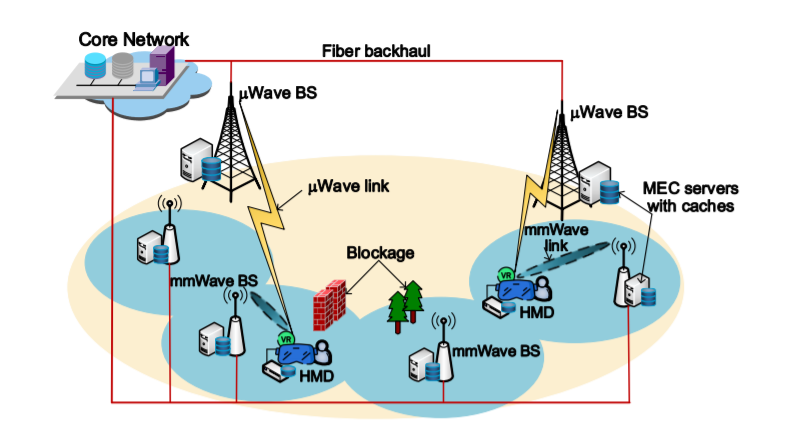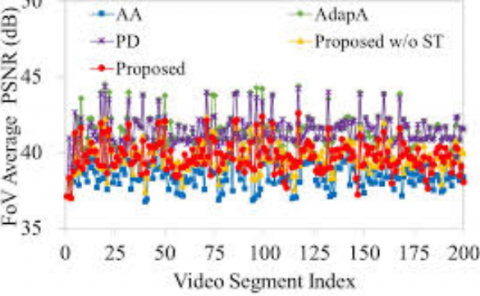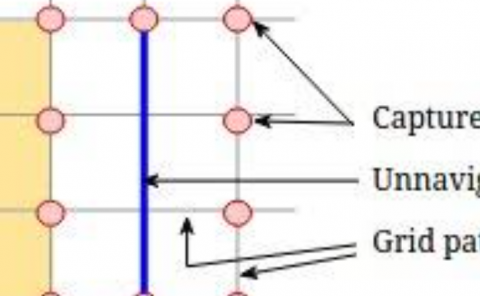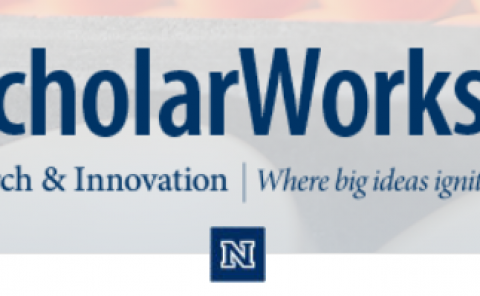Reliability Enhancement for VR Delivery in Mobile-Edge Empowered Dual-Connectivity μWave-mmWave HetNets
PubDate: Nov 2020
Teams: University of Michigan-Shanghai Jiao Tong University Joint Institute
Writers: Zhuojia Gu, Hancheng Lu, Peilin Hong, Yongdong Zhang

Abstract
The reliability of current virtual reality (VR) delivery is low due to the limited resources on VR head-mounted displays (HMDs) and the transmission rate bottleneck of sub-6 GHz (μWave) networks. In this paper, we propose a dual-connectivity μWave-mmWave heterogeneous network architecture empowered by mobile edge capability. The core idea of the proposed architecture is to utilize the complementary advantages of μWave links and mmWave links to conduct a collaborative edge resource design, which aims to improve the reliability of VR delivery. From the perspective of stochastic geometry, we analyze the reliability of VR delivery and theoretically demonstrate that μWave links can be used to enhance the reliability of VR delivery despite the large mmWave bandwidth. Based on our analytical work, we formulate a joint caching and computing optimization problem with the goal to maximize the reliability of VR delivery. By analyzing the coupling caching and computing strategies at HMDs, μWave and mmWave base stations (BSs), we further transform the problem into a multiple-choice multi-dimension knapsack problem. A best-first branch and bound algorithm and a difference of convex programming algorithm are proposed to obtain the optimal and sub-optimal solution, respectively. Numerical results demonstrate the performance improvement using the proposed algorithms, and reveal that caching more monocular videos at μWave BSs and more stereoscopic videos at mmWave BSs can improve the VR delivery reliability efficiently.



